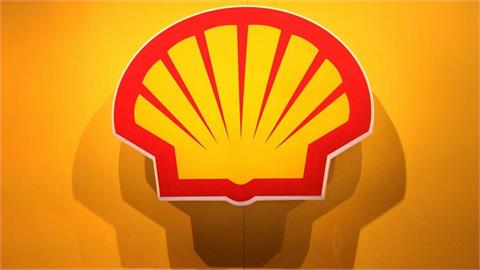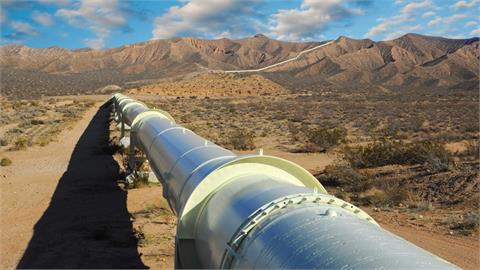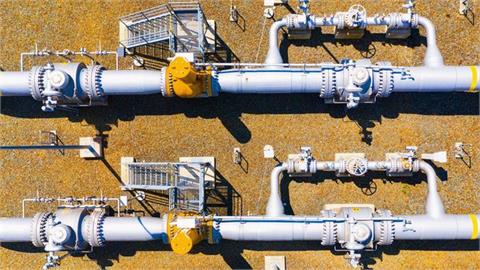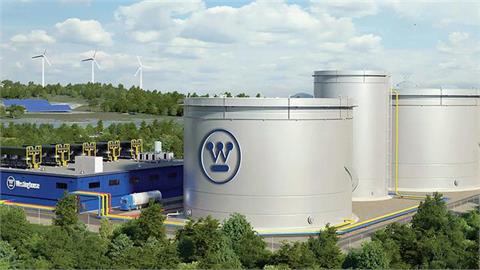Saudi Aramco, which will see its initial public offering (IPO) next month in the Saudi stock exchange, posted a net income higher than nine oil majors' earnings combined both in 2018 and during the first half of 2019.
Last year, Aramco's net income of $111.1 billion surpassed that of the total $108.4 billion earnings of nine oil giants, according to data compiled by Anadolu Agency on Wednesday. Aramco's earnings of $46.9 billion during the first half of this year also eclipsed the total net income of those nine oil-producing companies combined totaling $44.9 billion.
- High oil prices raise Aramco's income
Saudi Aramco's high profitability is down to the fact that the company can produce crude oil at very low costs.
Unlike the high cost of oil production for U.S. shale, deepwater projects or those in the Arctic, the breakeven cost of production in Saudi Arabia is below $10 per barrel, according to Aramco's IPO prospectus published on Nov. 10. Yet, the Saudi government's crown jewel is not impervious to oil price fluctuations. Plummeting prices in recent years, which have hit the finances of oil companies hard, have also affected Saudi Aramco.
During the oil price slump in 2015 and 2016, $250 billion worth of investments were lost in the U.S. shale industry. Approximately 300 companies went bankrupt when crude prices steeply declined from $115 per barrel in June 2014 to below $30 a barrel in January 2016, marking an approximately 75% price fall.
In 2016, Chevron posted a net loss of $497 million and ConocoPhillips saw a net loss of $3.6 billion. Eni's net loss was registered as $1.6 billion and Equinor's net loss came in at $2.9 billion. When the international benchmark Brent crude averaged $43 per barrel in 2016, Aramco's net income amounted to $13.3 billion. Subsequently, the company’s earnings gradually increased over the coming years as crude prices recovered.
Brent oil averaged $54 a barrel in 2017 when Aramco's net income reached $75.9 billion. And, in 2018, when the price of Brent crude rose to average $71 a barrel, Aramco's earnings jumped to $111.1 billion.
- Pricing begins
On Nov. 17, Aramco set an indicative share price range between 30 and 32 riyals ($8-$8.53) to collect investors' offers for 1.5%, or 3 billion, of its shares that will begin trading next month in the Saudi stock exchange, Tadawul. The final share price of Aramco's IPO will be announced on Dec. 5.
On the lowest end of the price range, if the final share price is $8, then Aramco will raise $24 billion in its IPO, which would put the company's market capitalization at $1.6 trillion. On the top end of the price range, however, if the final share price is $8.53, then the company will raise $25.59 billion in its IPO, to rate the firm's market value at $1.706 trillion.
If Aramco's final share price is priced above $8.33 billion, then it will break Alibaba's all-time highest earnings record from an IPO when the Chinese e-commerce giant gained $25 billion on Sept. 19, 2014 in the New York Stock Exchange.
- Below value target
Yet, even if Aramco's market valuation is realized at approximately $1.7 trillion, this will fall short of Saudi Crown Prince Mohammed Bin Salman's Vision 2030 Plan. In 2016, he announced a target of floating 5% of Aramco shares to earn $100 billion, which would put the market value of Aramco at $2 trillion.
Recently, the crown prince has reportedly been putting pressure on wealthy Saudis in his country to buy Aramco shares to keep local demand high so the firm's listing in bigger markets in the future will attract more foreign investors.
While the floating of Aramco shares in larger international markets such as New York, London, Tokyo, and Hong Kong remains uncertain for now, the more important question relates to the extent of foreign investor demand for Aramco shares, and whether the company is considered too big for stock flotation on the Tadawul.
(Anadolu Agency)



